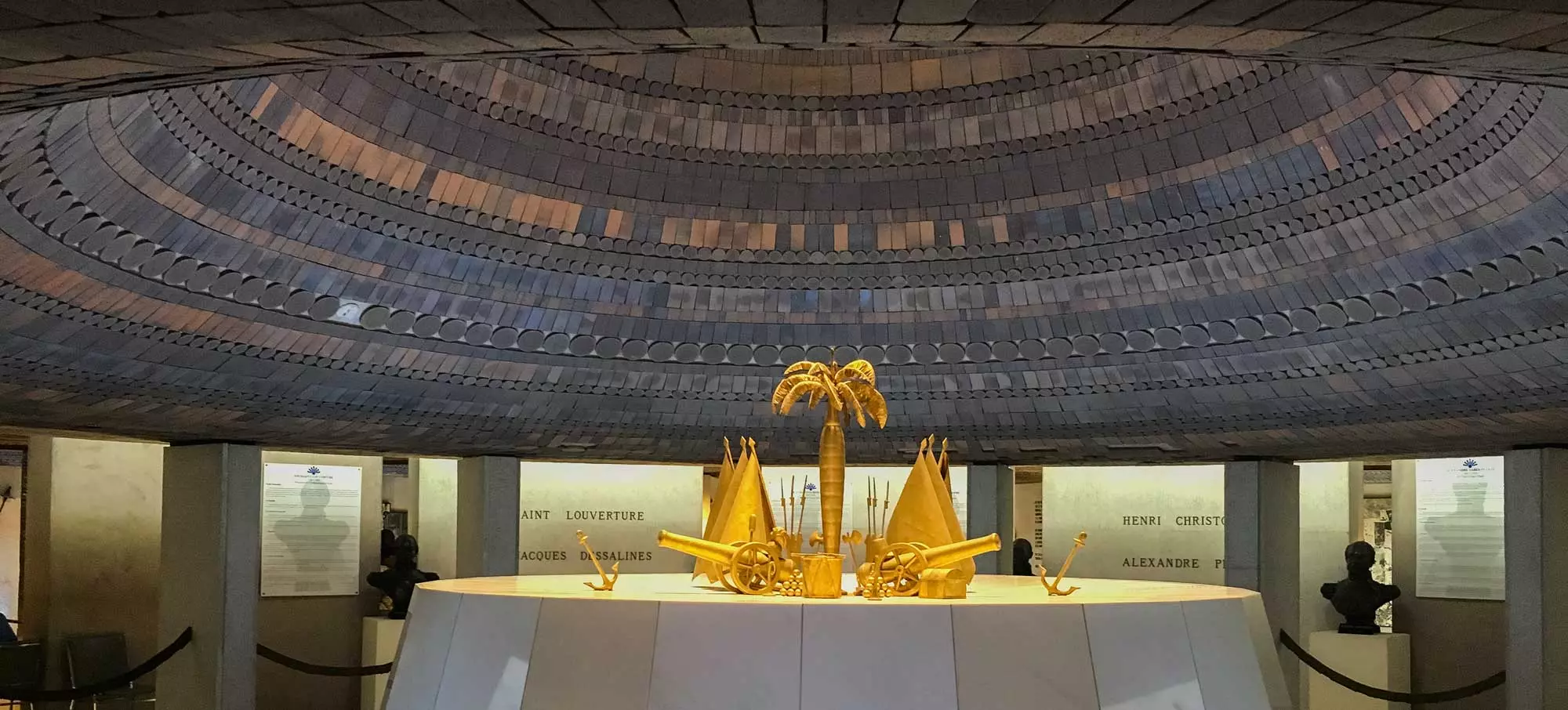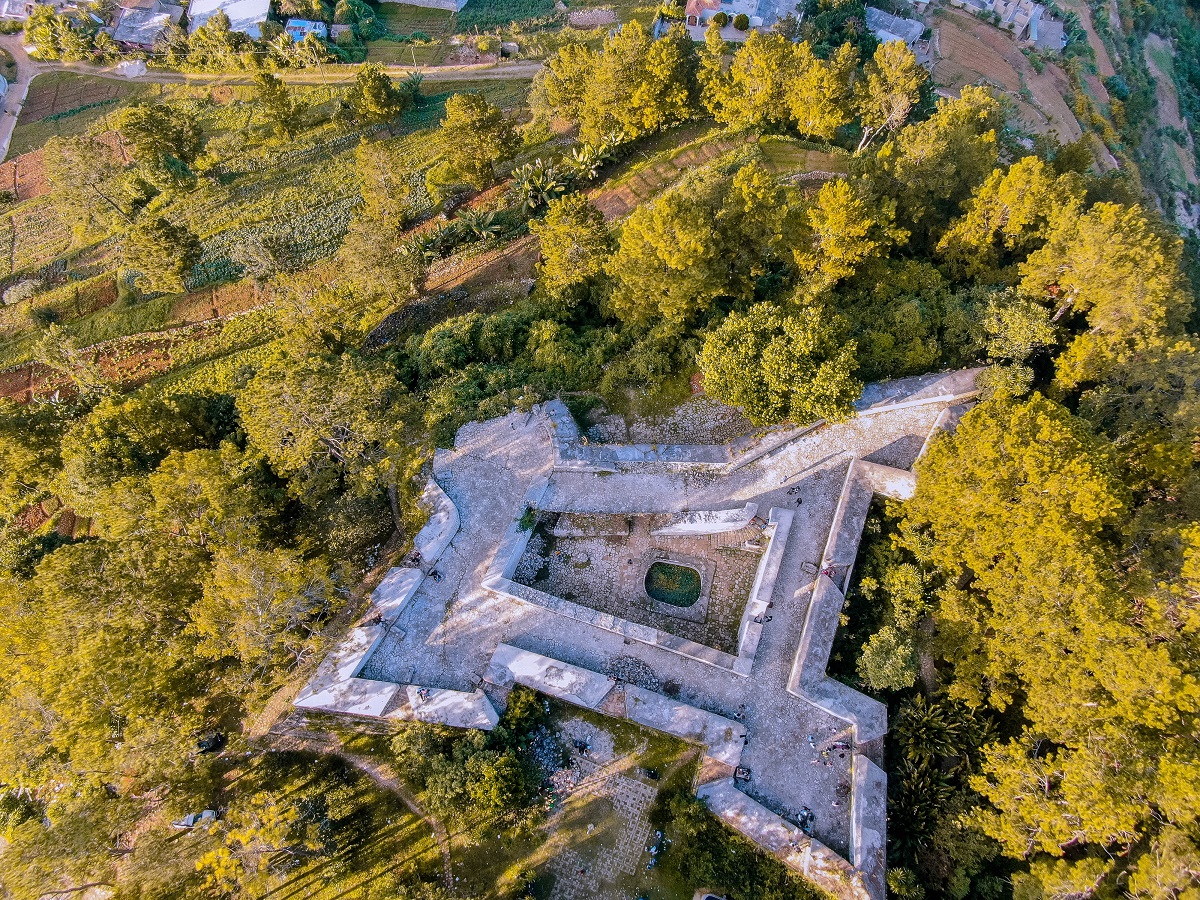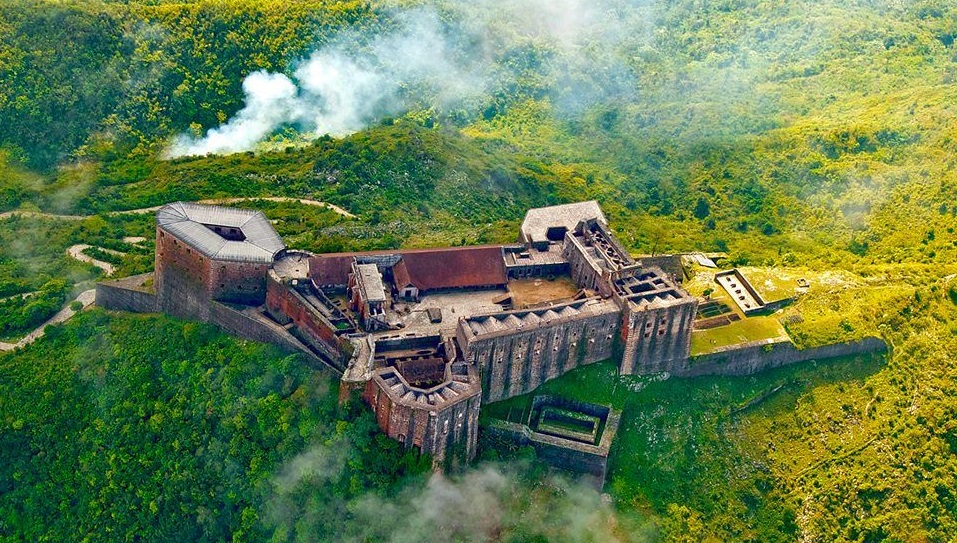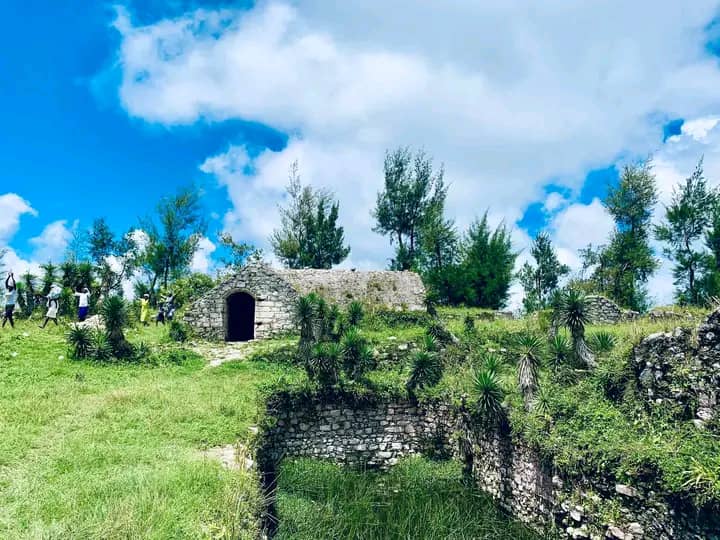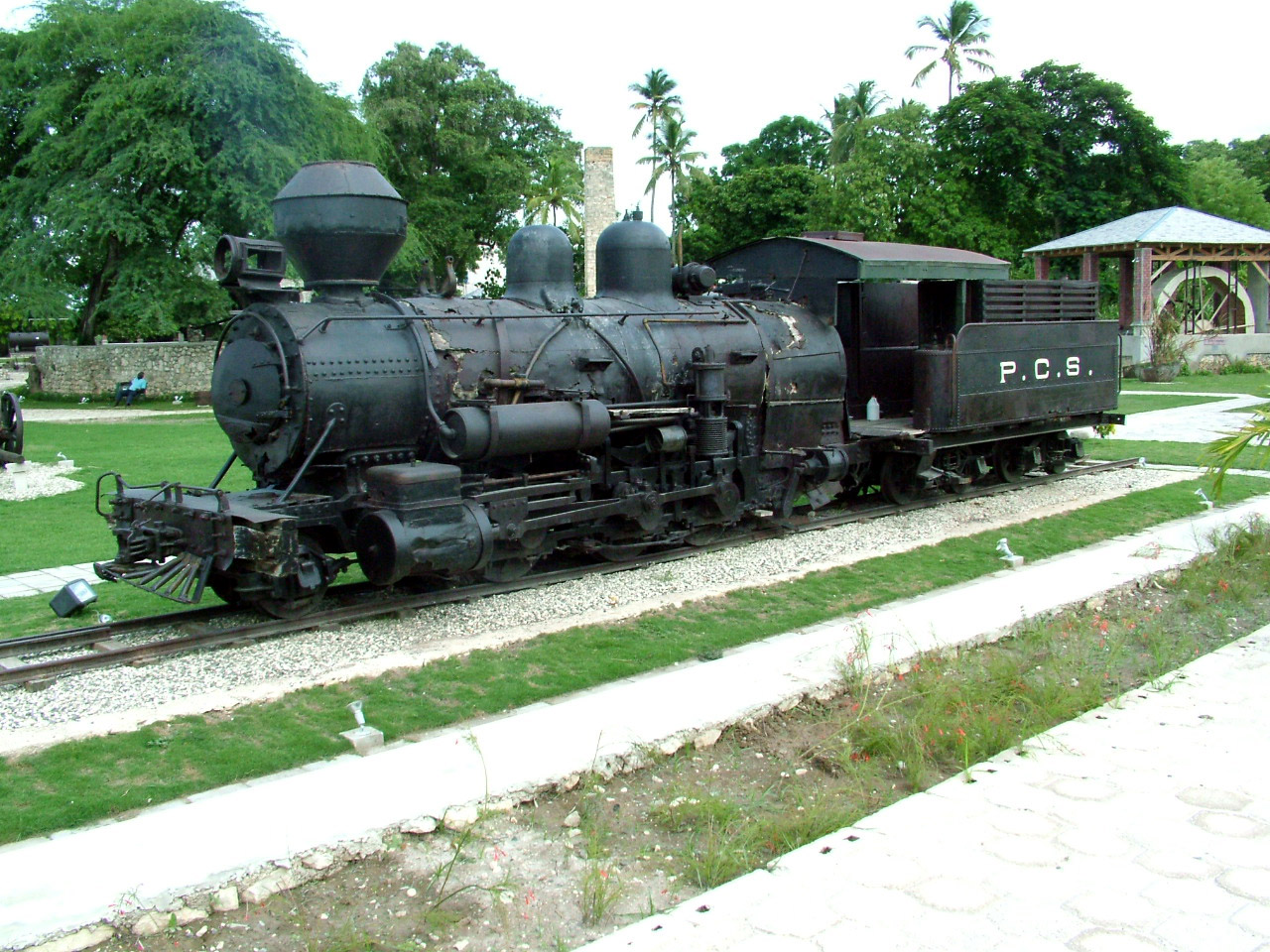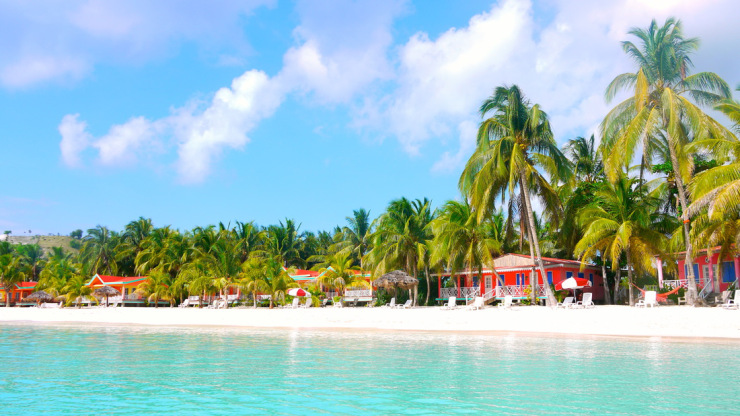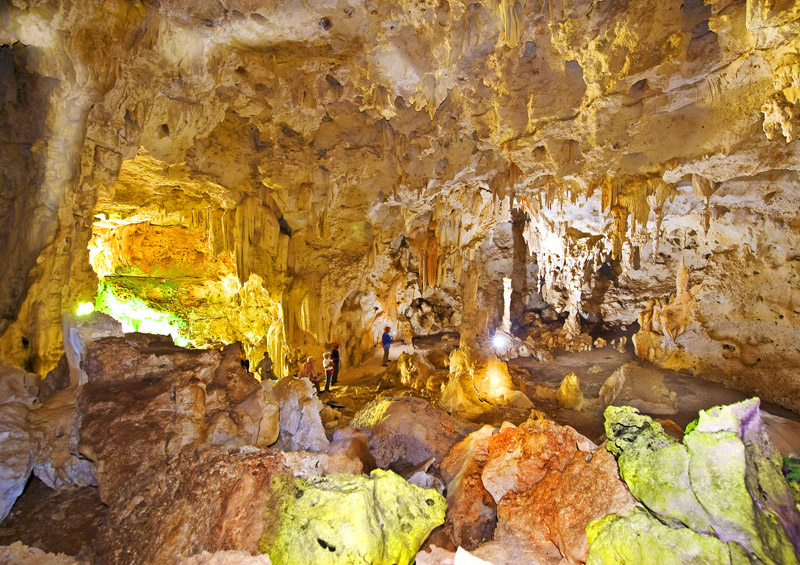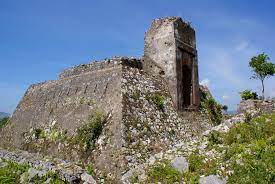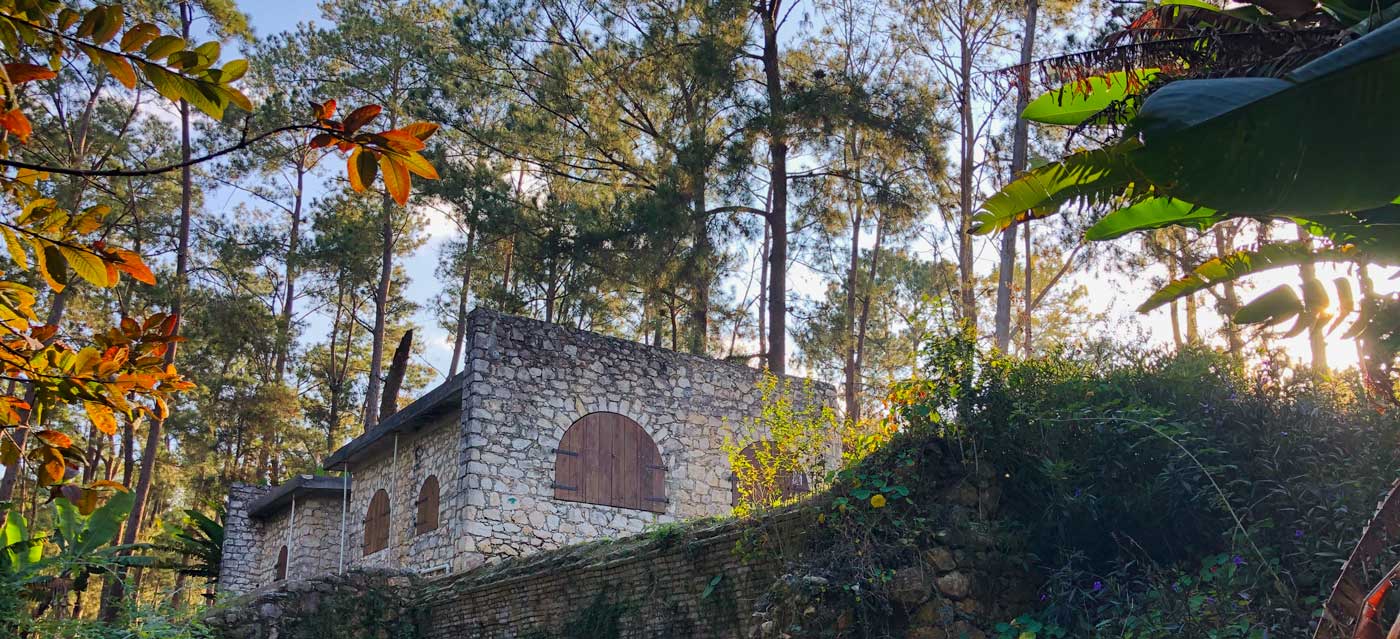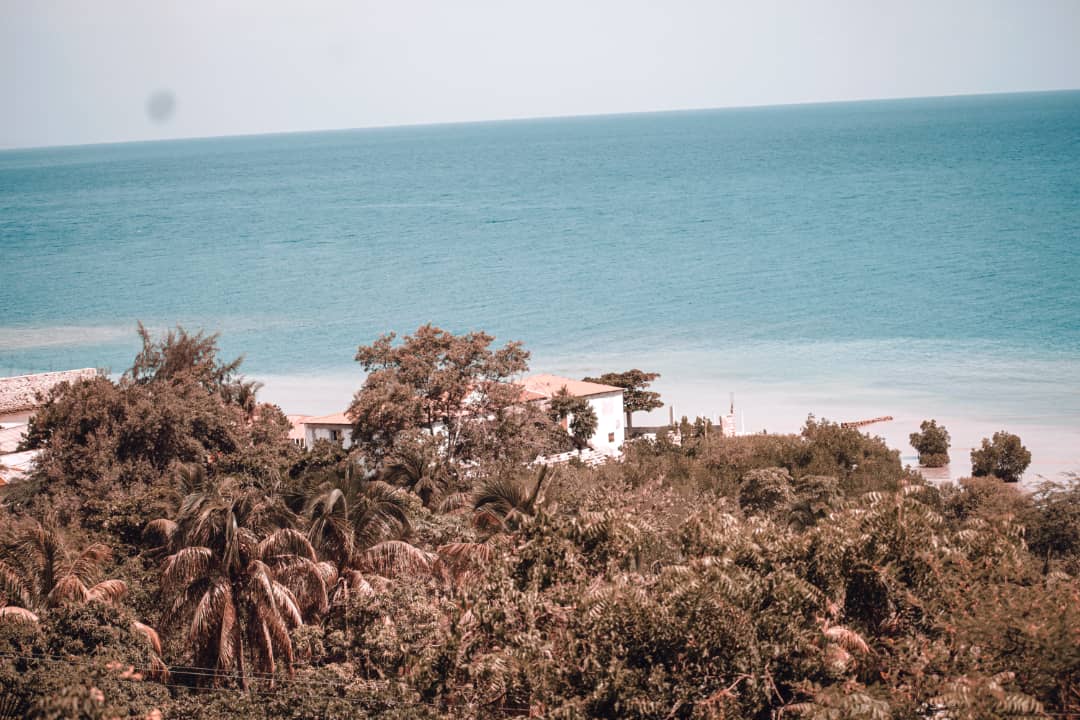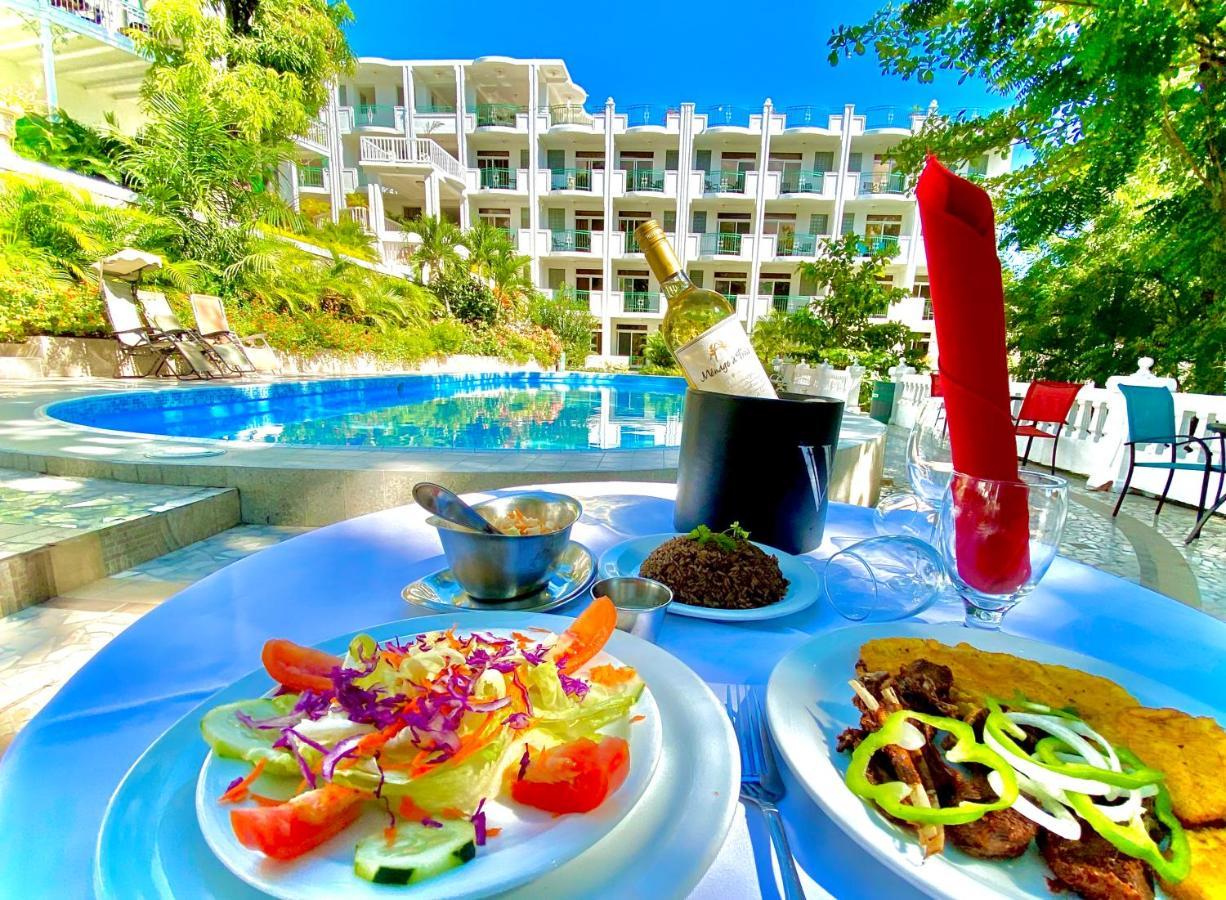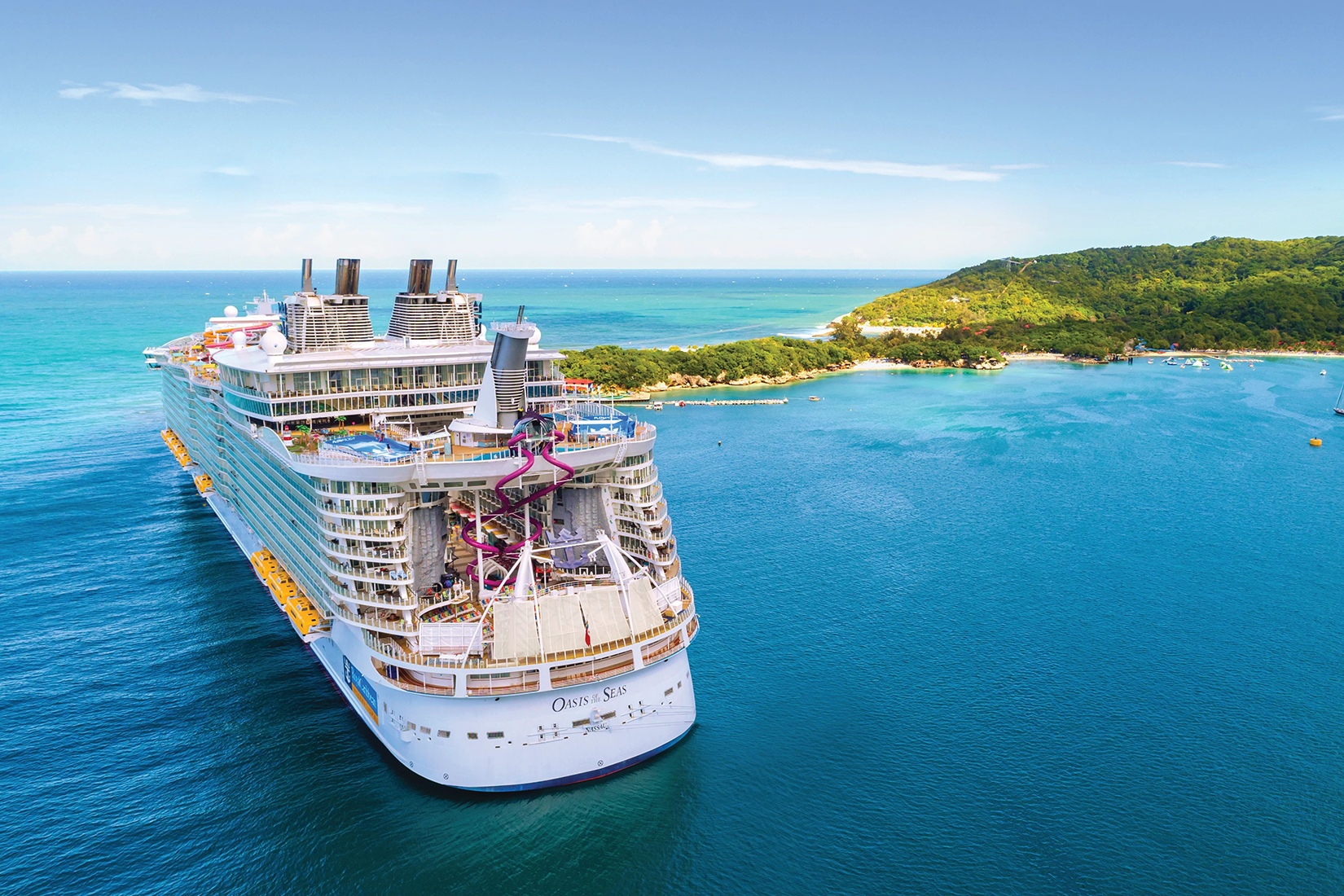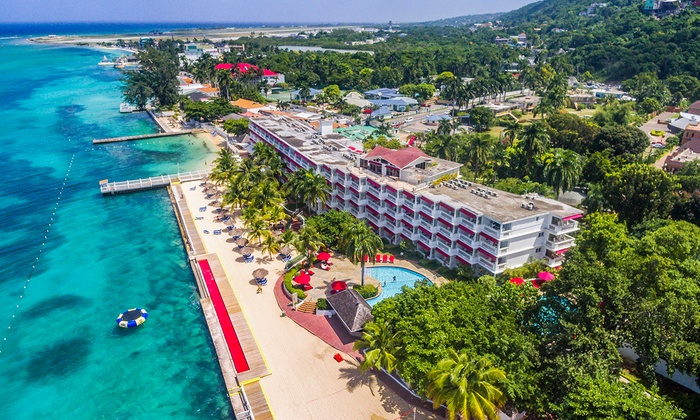Haïti : MUPANAH
The MUPANAH, or Haitian National Pantheon Museum, is a museum located in Haiti, more precisely in Port-au-Prince. This museum is dedicated to the history and culture of Haiti, and it plays a vital role in preserving the country’s cultural heritage.
MUPANAH houses an extensive collection of objects, documents, and artifacts relating to Haiti’s history, including works of art, manuscripts, ancient weapons, Voodoo ceremonial objects, and much more. The museum aims to trace the country’s history since its struggle for independence, highlighting key personalities and events that shaped the Haitian nation.
See as well
This museum is an important venue for education and the preservation of Haiti’s cultural identity, and it attracts visitors from around the world interested in the history and culture of this Caribbean country. MUPANAH also plays a significant role in promoting national pride and unity in Haïti by celebrating the nation’s achievements and recalling the courage and determination of its people during the struggle for independence, which led to the birth of Haïti as the first independent state in Latin America.









